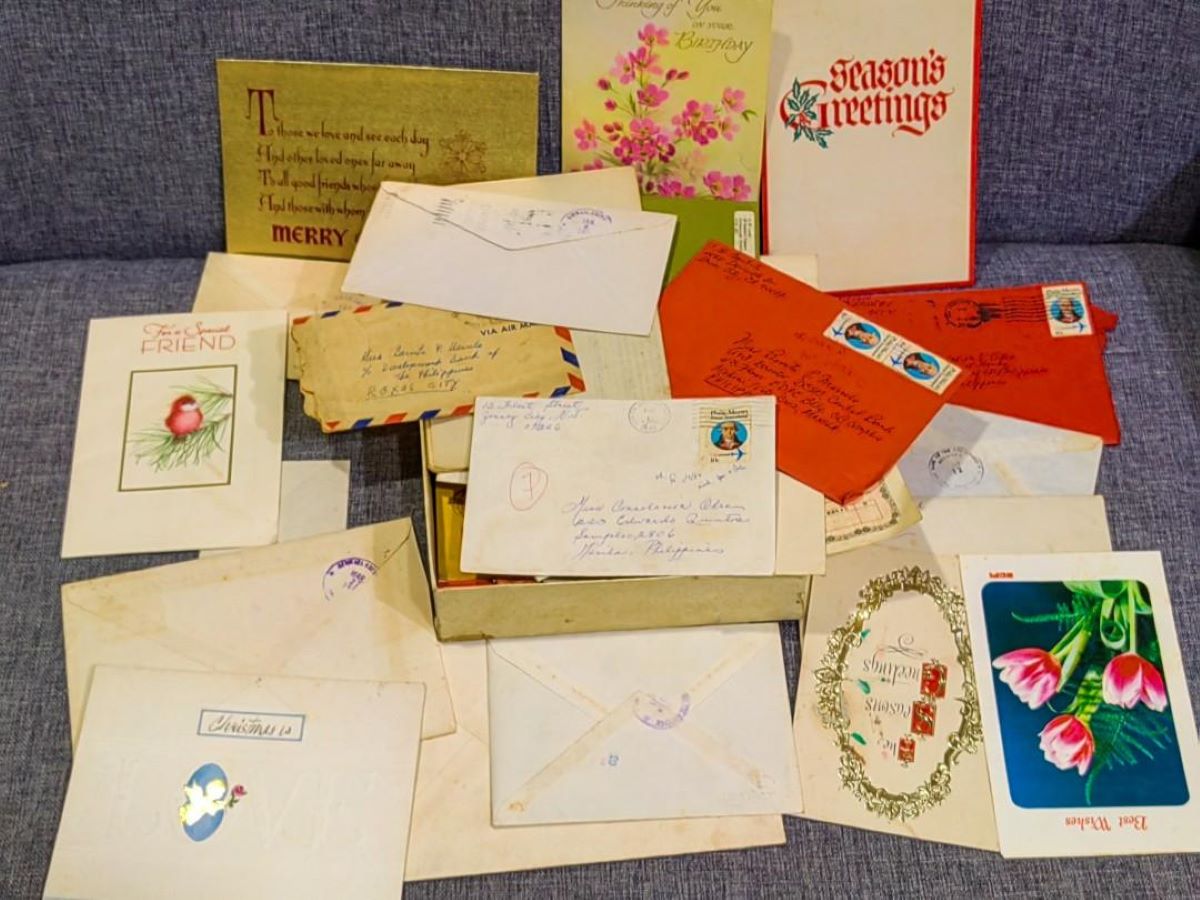

Articles
How To Store Cards And Letters
Modified: January 7, 2024
Learn the best strategies for storing cards and letters in this helpful articles. Discover tips on preserving sentimental keepsakes and organizing your collection.
(Many of the links in this article redirect to a specific reviewed product. Your purchase of these products through affiliate links helps to generate commission for Storables.com, at no extra cost. Learn more)
Introduction
Welcome to this comprehensive guide on how to store cards and letters. In this digital age, where most communication happens through emails and instant messages, physical cards and letters hold a special sentimental value. Whether they are birthday cards, holiday greetings, or handwritten letters from loved ones, these tangible pieces of communication often carry cherished memories and sentiments that we want to preserve for years to come.
However, if not properly organized and stored, these precious mementos can easily get lost, damaged, or forgotten. That’s why it’s essential to have a system in place to store and protect your cards and letters, ensuring that they stay safe and accessible.
In this article, we will explore various methods and techniques for organizing and storing cards and letters. From using keepsake boxes and photo albums to creating DIY memory boxes and even going digital, we will cover different approaches that cater to different preferences and needs. So, let’s dive in and discover the best methods to preserve the sentimental value of your cards and letters.
Key Takeaways:
- Cherish and preserve your sentimental cards and letters by organizing them according to occasions, storing them in keepsake boxes or photo albums, and even going digital. Share the stories behind them to keep the sentimental value alive for years to come.
- Protect the sentimental value of your cards and letters by handling them with care, using acid-free materials, and storing them away from sunlight and moisture. Embrace traditional or digital storage methods to ensure these cherished memories continue to shine bright.
Read more: How To Store Old Cards And Letters
Organizing Cards and Letters by Occasion
One of the simplest and most effective ways to organize your cards and letters is by sorting them according to occasions. Whether it’s a birthday, anniversary, holiday, or special event, grouping your cards and letters by occasion allows for easy retrieval and adds a sense of nostalgia when revisiting them later.
To start organizing by occasion, you can create separate folders or envelopes for each event. Label them with the name of the occasion and store all the related cards and letters within. You can also further categorize them by year or add sub-folders for different individuals if you have a large collection.
If you have a sentimental attachment to specific cards or letters, you can create a separate folder or box for them. This way, you can easily locate and revisit those cherished memories whenever you want.
Another option is to use a photo album or scrapbook specifically designed for holding cards. These albums often come with sleeves or pockets that can safely store your cards while still showcasing their designs and messages. Arrange the cards chronologically or by occasion, and you can even add captions or notes to capture the significance of each card.
Organizing cards and letters by occasion not only keeps them neatly arranged but also makes it easier to reminisce over past events. Whether you’re celebrating a milestone, remembering a holiday, or simply reliving cherished memories, having your cards and letters organized by occasion ensures that you can easily find and enjoy them whenever you desire.
Storing Cards and Letters in Keepsake Boxes
If you prefer to keep your cards and letters in a more traditional and tangible format, storing them in keepsake boxes can be a wonderful option. Keepsake boxes not only provide a safe and protective space for your cherished mementos but also add a touch of elegance to your storage solution.
When choosing a keepsake box, opt for one that is made of acid-free and archival-quality materials. These boxes are designed to protect your cards and letters from yellowing, fading, and other forms of deterioration over time. Look for boxes with tight-fitting lids or closures to prevent dust and moisture from entering and damaging your precious items.
Before storing your cards and letters in the keepsake box, it’s a good idea to sort them by occasion or any other preferred categorization. You can use acid-free dividers or envelopes to separate different events or categories within the box, ensuring that everything stays organized and easily accessible.
Aside from keeping your cards and letters safe, a keepsake box also adds a nostalgic and decorative touch to your storage. You can choose a box that complements your home decor or even personalize it by adding stickers, labels, or photos on the exterior. This way, your keepsake box becomes a beautiful and sentimental display piece that reflects your personality and the cherished memories inside.
Remember to periodically check and maintain the condition of your keepsake box and the items within. Ensure that the box is stored in a cool, dry place away from direct sunlight to prevent any damage. Avoid overcrowding the box to avoid creasing or bending of the cards and letters.
Storing your cards and letters in keepsake boxes not only keeps them protected but also allows you to enjoy the anticipation and joy of opening the box and revisiting those special moments. It’s a tangible reminder of the heartfelt messages and memories that continue to hold significance in your life.
Using Photo Albums to Preserve Cards and Letters
Preserving your cards and letters in photo albums is a creative and visually appealing way to showcase and protect these sentimental items. Photo albums offer a unique opportunity to not only preserve the physical cards but also to capture and display their beautiful designs.
When choosing a photo album for your cards and letters, opt for one that has acid-free and archival-quality pages. This ensures that the materials used in the album won’t damage or deteriorate your cards over time. Look for albums with clear plastic sleeves that can safely hold your cards while still allowing you to easily view and appreciate their front and back.
You can arrange the cards in chronological order or by occasion, placing them in the sleeves of the album. Consider adding handwritten captions or notes next to each card to capture the sentimental value and memories associated with them.
In addition to the cards, you can also include any letters or notes that you want to preserve. Fold them neatly and insert them into the sleeves alongside the cards, creating a cohesive and meaningful display.
One of the advantages of using photo albums is the flexibility to add or rearrange the cards and letters as your collection grows or your preferences change. You can easily insert new cards or move them around within the album to create a personalized and evolving showcase of your memories.
Another creative option is to use scrapbooking techniques to enhance the visual appeal of your photo album. You can add decorative elements like stickers, washi tape, or even small mementos related to the occasion or theme of the cards. This allows you to create a visually stunning and unique representation of your cherished memories.
Using photo albums to preserve your cards and letters not only keeps them protected but also provides an artistic and engaging way to showcase and revisit these sentimental items. Each page of the album becomes a snapshot of treasured memories, allowing you to relive the emotions and sentiments that were conveyed through the cards and letters.
Store cards and letters in acid-free archival boxes or folders to protect them from yellowing and deterioration. Keep them in a cool, dry place away from direct sunlight to preserve them for years to come.
Creating a DIY Memory Box for Cards and Letters
If you enjoy the satisfaction of crafting and want to add a personal touch to your card and letter storage, creating a DIY memory box can be a wonderful option. Not only does it allow you to customize the design and style of the box, but it also adds a sense of pride and sentimentality to the storage process.
To create your own DIY memory box, start by selecting a sturdy box or container that will serve as the base. You can repurpose an old shoebox, wooden box, or even a decorative storage box that suits your style and preferences.
Next, it’s time to let your creativity shine! Personalize the box by decorating it with photos, stickers, ribbons, or any other decorative elements that resonate with you. You can also consider painting the box or applying patterned paper to give it a unique look.
Once the box is decorated to your liking, create dividers or compartments inside to help organize your cards and letters. You can use cardboard, foam board, or even repurpose old greeting cards to create sections within the box. Label each section with the occasion or category to easily locate specific cards when needed.
To further protect the cards and letters, consider placing them in acid-free envelopes or sleeves before placing them inside the DIY memory box. This helps prevent any damage from exposure to moisture or yellowing over time.
Remember to periodically check the condition of the cards and letters within the memory box. Ensure that the box is stored in a dry and cool area to avoid any potential damage.
A DIY memory box not only provides a personal and meaningful storage solution for your cards and letters but also allows you to unleash your creativity and create a unique keepsake that reflects your personality and memories.
Whether you choose to decorate the box with photos, artwork, or sentimental items, your DIY memory box will be a cherished item that holds the memories and sentiments conveyed through your cards and letters.
Read more: How To Store Old Letters And Cards
Organizing Cards and Letters Digitally
In this increasingly digital age, organizing cards and letters digitally is a convenient and space-saving option. It allows you to store and access your sentimental items with ease, while also protecting them from damage or loss due to physical factors.
One of the simplest ways to organize cards and letters digitally is by scanning them. Use a scanner or a scanning app on your smartphone to digitize each card and letter. Make sure to scan both the front and back to capture any handwritten messages or signatures. Save the scanned images in a dedicated folder on your computer or in cloud storage, preferably with a clearly labeled name for easy retrieval.
If you have a large collection of cards and letters, consider creating subfolders within the main folder to categorize them by occasion or any other preferred system. This allows you to quickly locate specific cards and letters when you want to revisit them.
An additional advantage of organizing cards and letters digitally is the ability to add metadata tags to each item. Tagging allows you to assign keywords or labels to your cards and letters, making it easier to search for specific items based on occasions, names, or any other relevant information.
Besides scanning the cards and letters themselves, you can also create digital albums or slideshows to showcase and share your collection. Use photo management software or online platforms to arrange the digital images in a visually appealing and organized manner. You can add captions or descriptions to provide context and capture the sentimental value of each item.
Cloud storage services also offer a reliable and secure method of preserving your digital collection. By utilizing cloud storage, you can access your cards and letters from multiple devices, ensuring their longevity and accessibility for years to come.
When organizing cards and letters digitally, it’s important to have a backup system in place. Regularly back up your digital files to an external hard drive or to multiple cloud storage services to safeguard against any unforeseen data loss.
Organizing cards and letters digitally not only saves physical space but also provides a convenient and searchable way to access and preserve your sentimental items. You can enjoy the sentimental value of your cards and letters while embracing the advantages of modern technology.
Tips for Preserving the Sentimental Value of Cards and Letters
Preserving the sentimental value of your cards and letters is as important as organizing and storing them. These cherished items hold memories and emotions that we want to cherish and share for years to come. Here are some tips to help you preserve the sentimental value of your cards and letters:
- Handle with care: When handling your cards and letters, make sure to clean and dry your hands to avoid transferring dirt or oils to the paper. Use gentle and delicate handling techniques to prevent any creasing, tearing, or damage to the items.
- Keep them away from direct sunlight: Exposure to sunlight can cause fading and discoloration of your cards and letters. Store them in a cool, dry place away from direct sunlight to prevent any damage caused by UV rays.
- Protect from moisture and humidity: Moisture and humidity can cause mold, mildew, and deterioration of your cards and letters. Ensure that your storage containers or display areas are free from any moisture or excessive humidity.
- Use acid-free and archival-quality materials: Acid-free envelopes, sleeves, and folders are essential for preserving the quality and longevity of your cards and letters. Acid-free materials prevent yellowing, fading, and deterioration over time.
- Store in a climate-controlled area: Extreme temperatures can damage your cards and letters. Avoid storing them in areas that experience drastic temperature fluctuations or high humidity levels.
- Avoid attaching adhesive or sticky substances: Many cards and letters have sentimental items attached, such as ribbons, bows, or stickers. However, these items can deteriorate over time and cause damage to the paper. Avoid using adhesive or sticky substances that may cause irreparable harm.
- Label and date: Labeling and dating each card or letter can help you keep track of the occasion, the sender, and the date received. It adds contextual information and enhances the sentimental value of each item.
- Share the stories: Take the time to share the stories behind your cards and letters with loved ones or future generations. By sharing the sentimental value and memories associated with these items, you ensure that they continue to hold significance and evoke emotions for years to come.
- Regularly inspect and maintain: Set a reminder to periodically inspect your storage containers or albums to ensure that there are no signs of damage or deterioration. Take necessary steps to address any issues promptly to avoid further damage.
- Digitize your collection: Consider digitizing your cards and letters as an additional backup method. Scanning and storing them digitally can provide an extra layer of protection and accessibility for your sentimental collection.
By implementing these tips, you can preserve the sentimental value of your cards and letters, ensuring that they continue to evoke cherished memories and emotions for years to come.
Conclusion
Preserving and organizing cards and letters is more than just finding a storage solution for these cherished items. It’s about honoring the sentimental value they hold and ensuring that their significance remains intact for years to come. Whether it’s a birthday card, a heartfelt letter, or a holiday greeting, these tangible pieces of communication carry memories, emotions, and connections that we cherish deeply.
By following the tips and techniques outlined in this comprehensive guide, you can successfully store and preserve your cards and letters in a way that not only protects them from damage but also enhances their sentimental value.
Organizing by occasion allows for easy retrieval and a nostalgic journey through the past. Storing in keepsake boxes or using photo albums not only safeguard your cards and letters but also create visually appealing displays that can be revisited and shared with loved ones.
For those who enjoy a more hands-on approach, creating a DIY memory box adds a personal touch and the opportunity for creativity, while going digital offers convenience, space-saving, and the ability to easily organize and search for specific cards and letters.
Ultimately, it’s important to handle your cards and letters with care, protect them from environmental factors, and use acid-free materials to ensure their longevity. While doing so, don’t forget to share the stories behind your collection and pass on the sentimental value to future generations.
Whether you choose a traditional storage method or embrace the digital realm, the sentimental value of your cards and letters remains intact. Preserving these treasures allows you to revisit cherished memories, relive heartfelt messages, and keep those special connections alive.
So, take the time to organize, protect, and preserve your cards and letters to ensure that the sentimental value they hold continues to shine bright. These small gestures of love and connection deserve to be cherished and celebrated even as time goes by.
Frequently Asked Questions about How To Store Cards And Letters
Was this page helpful?
At Storables.com, we guarantee accurate and reliable information. Our content, validated by Expert Board Contributors, is crafted following stringent Editorial Policies. We're committed to providing you with well-researched, expert-backed insights for all your informational needs.
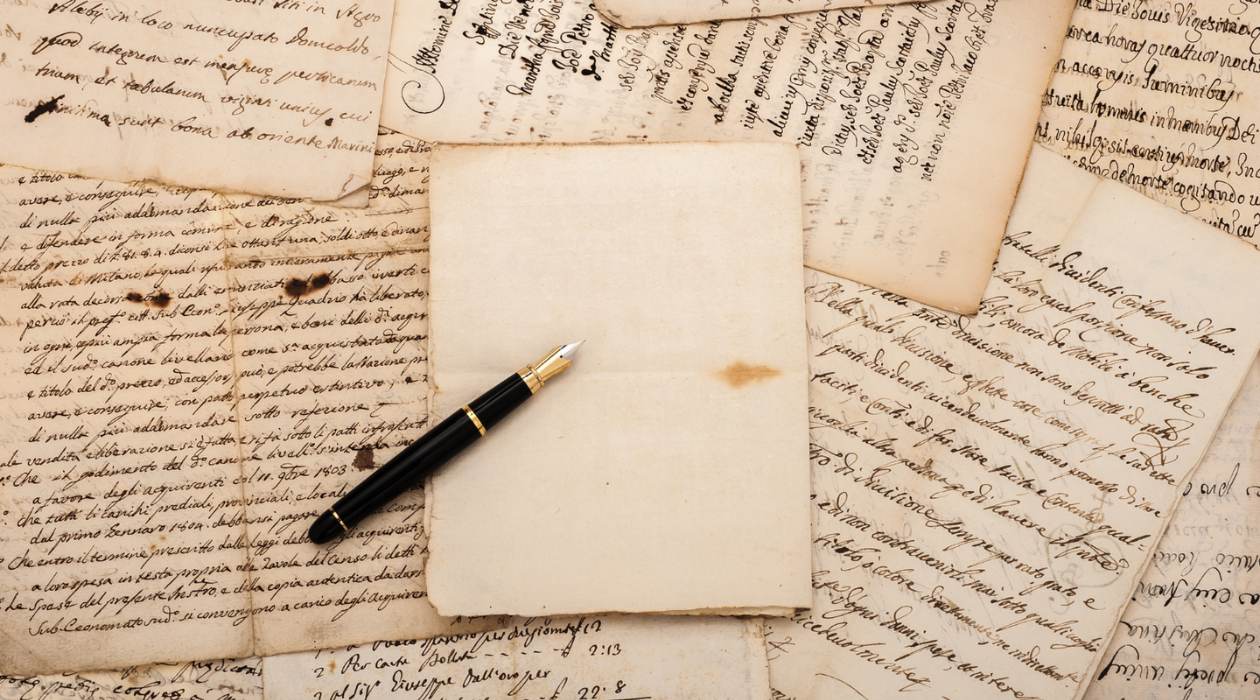
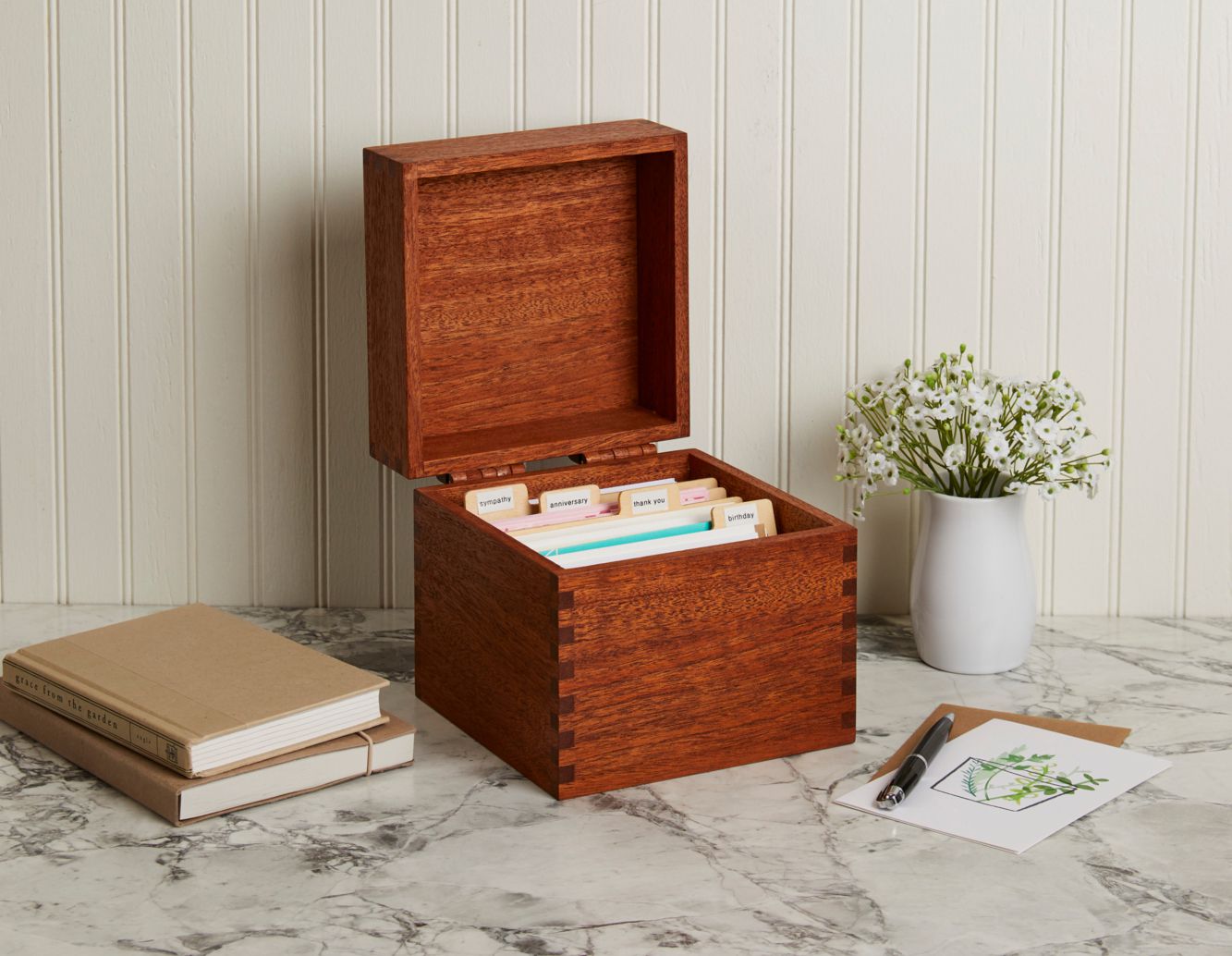

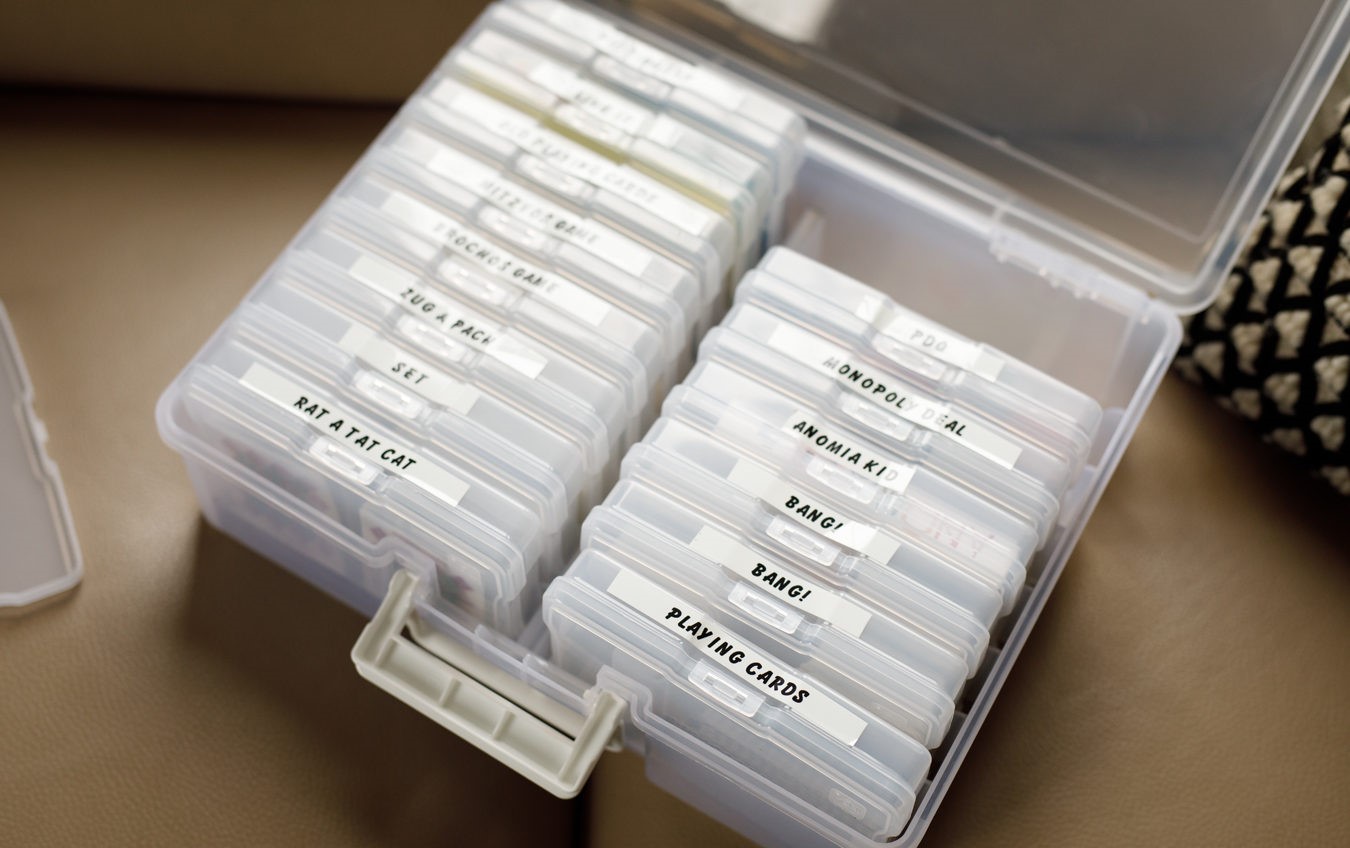
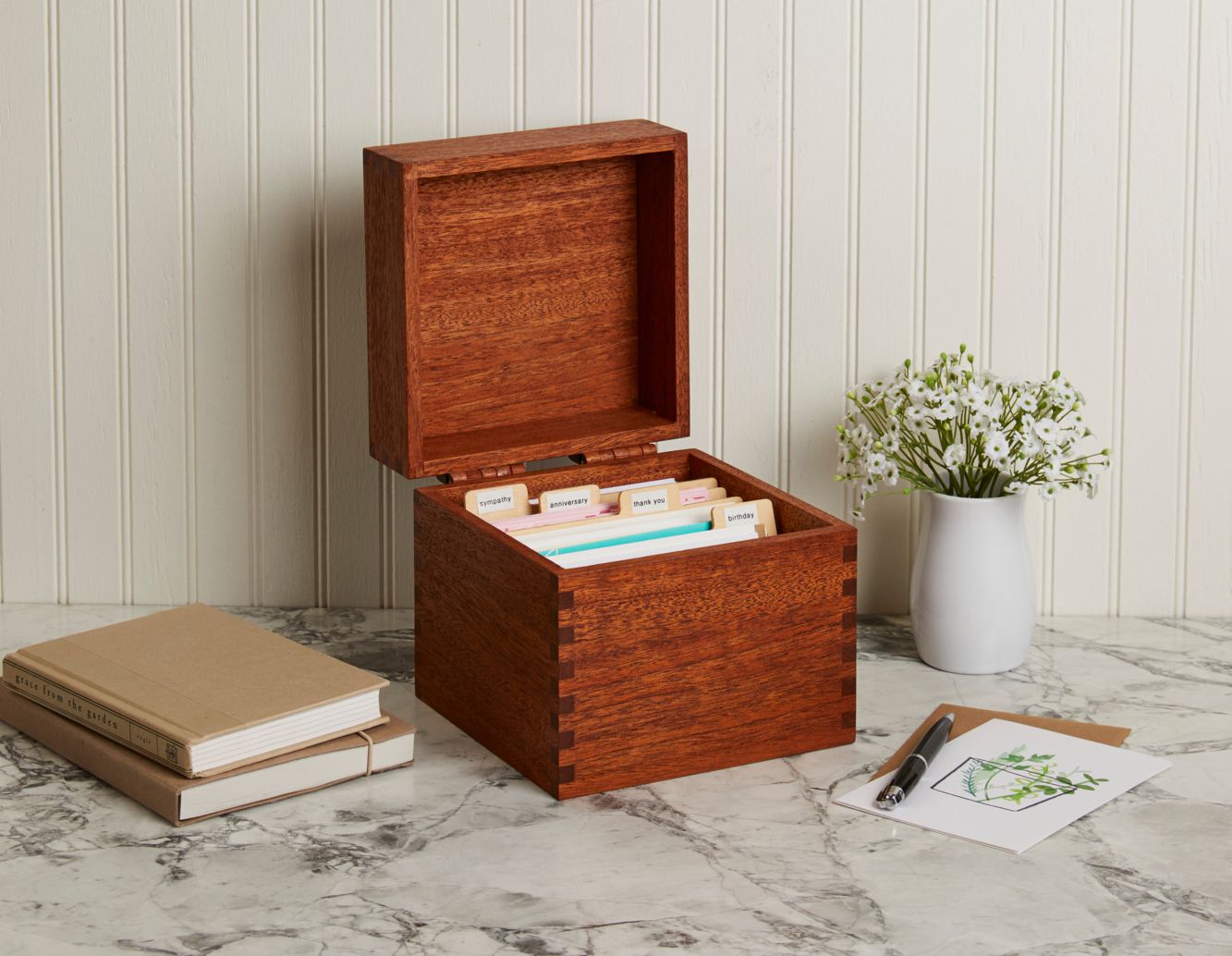
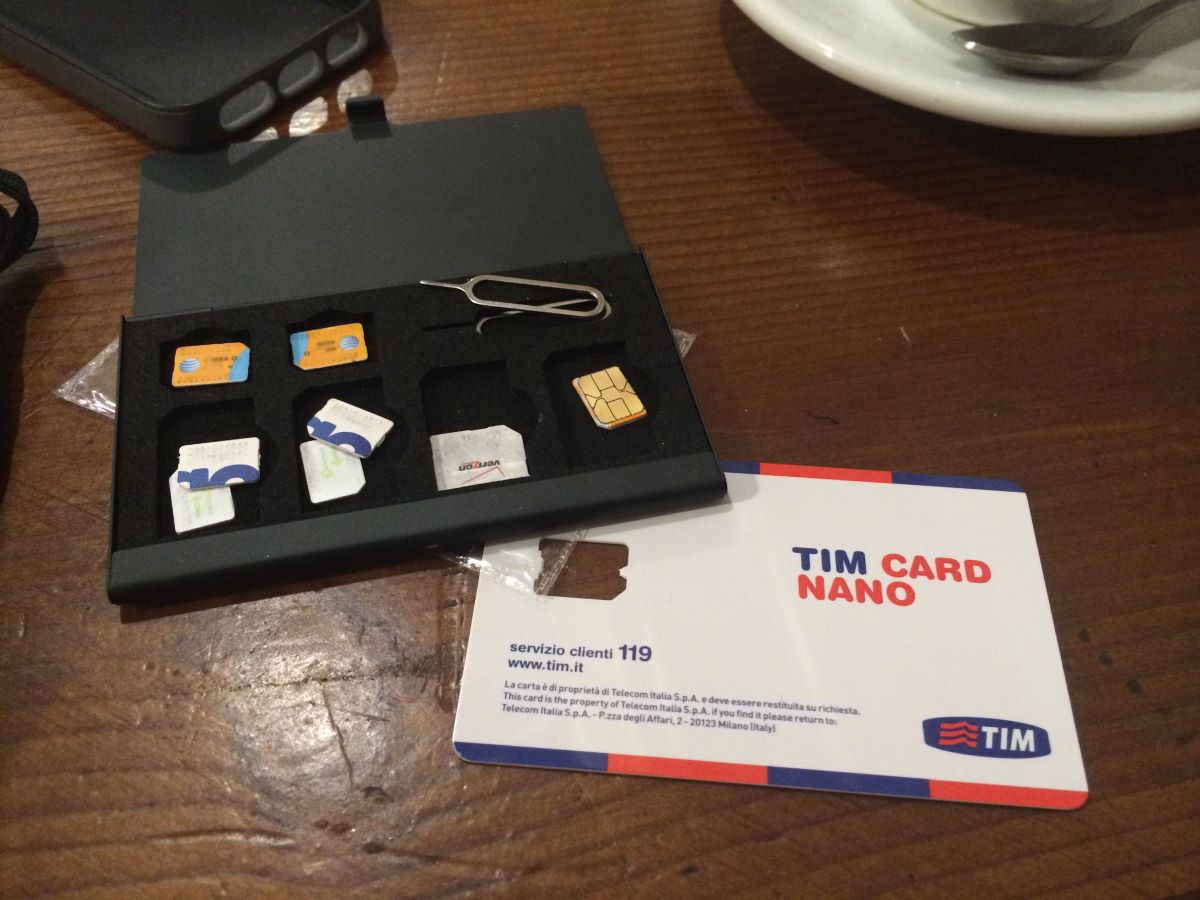
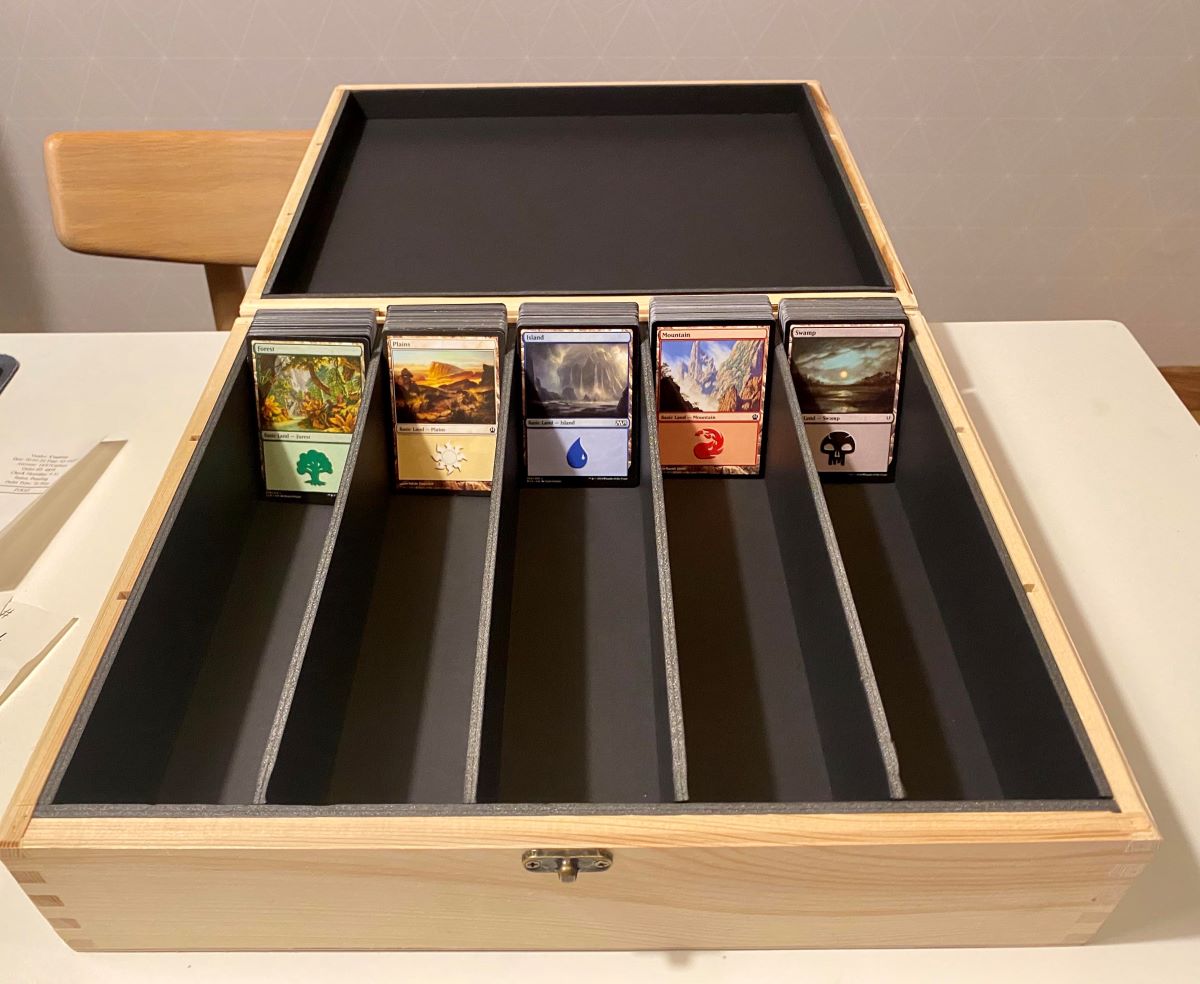
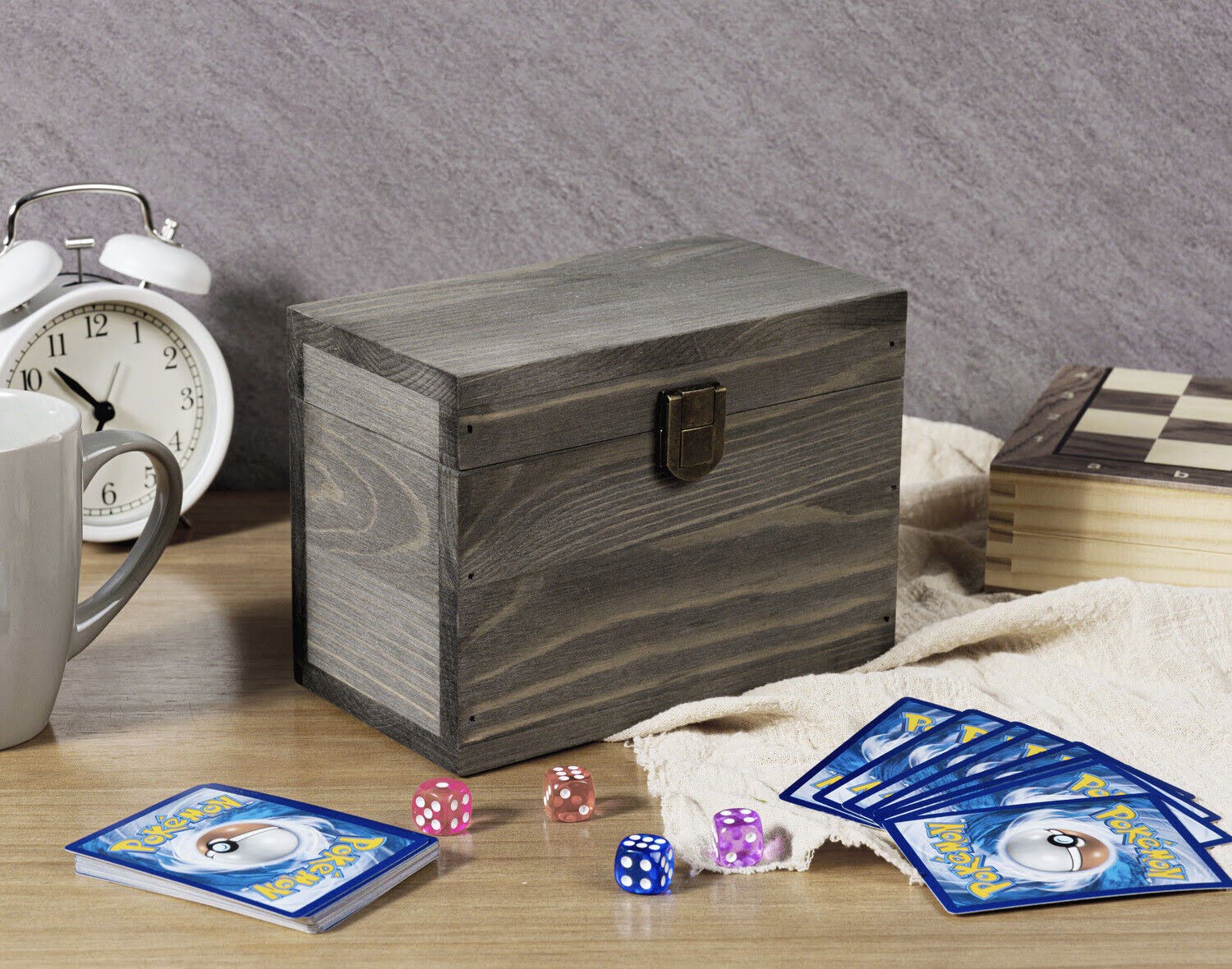
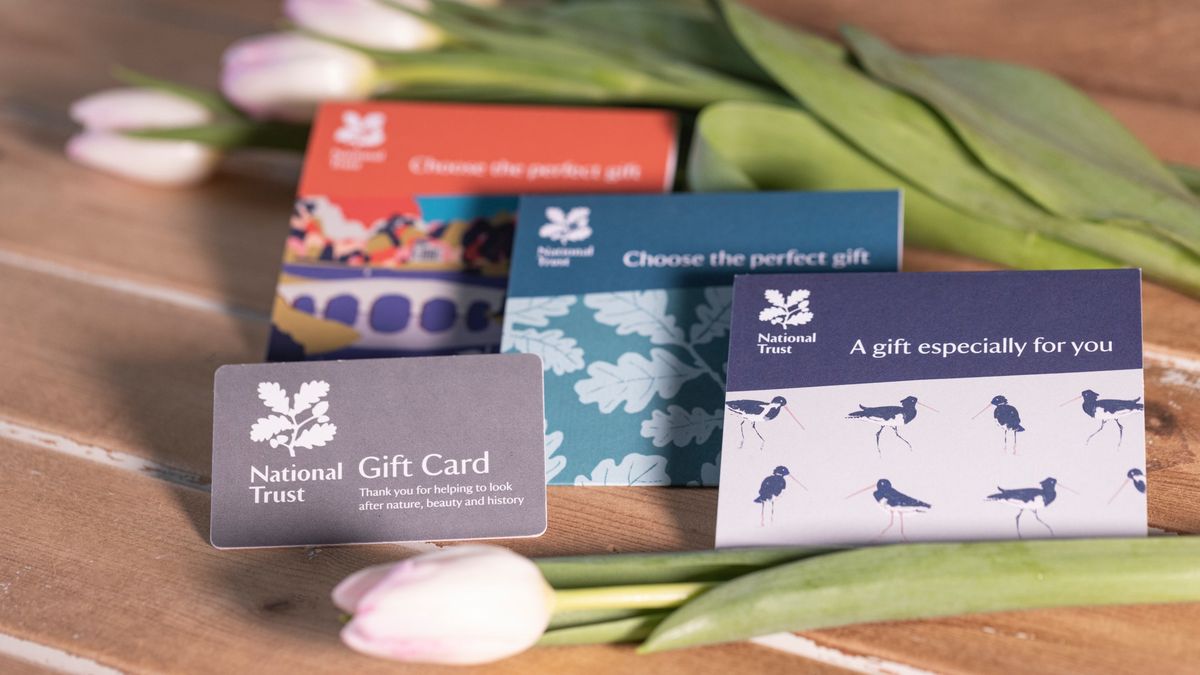
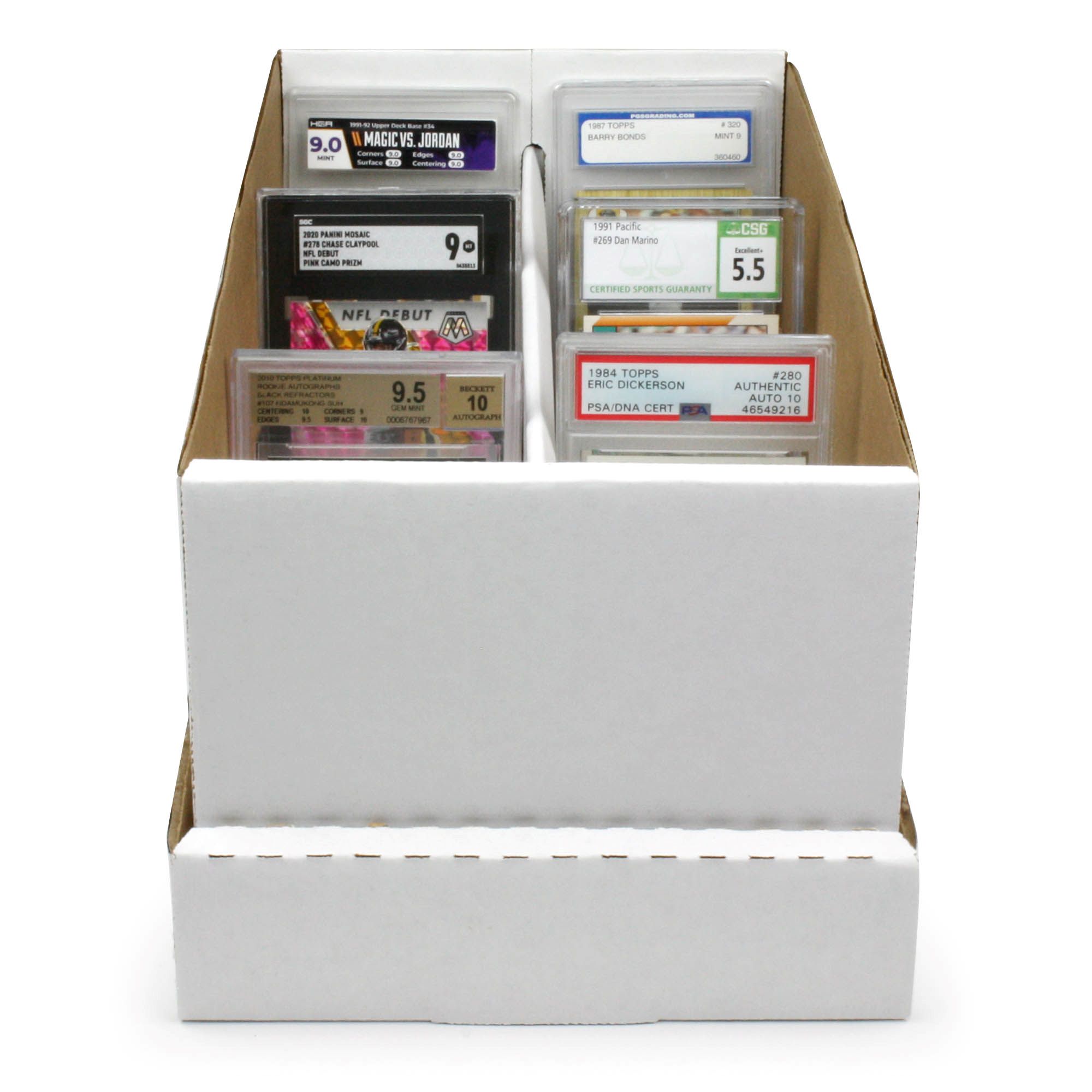
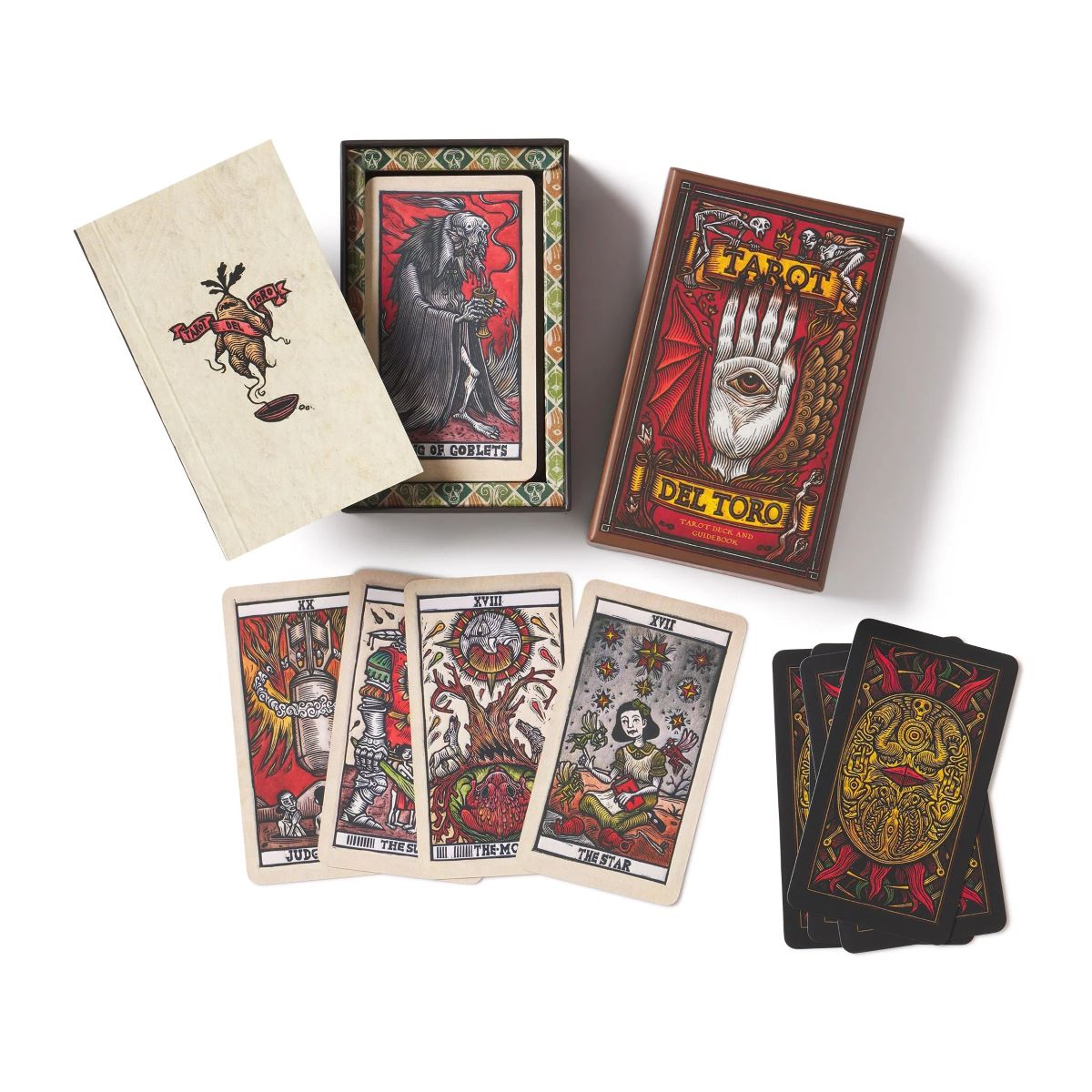
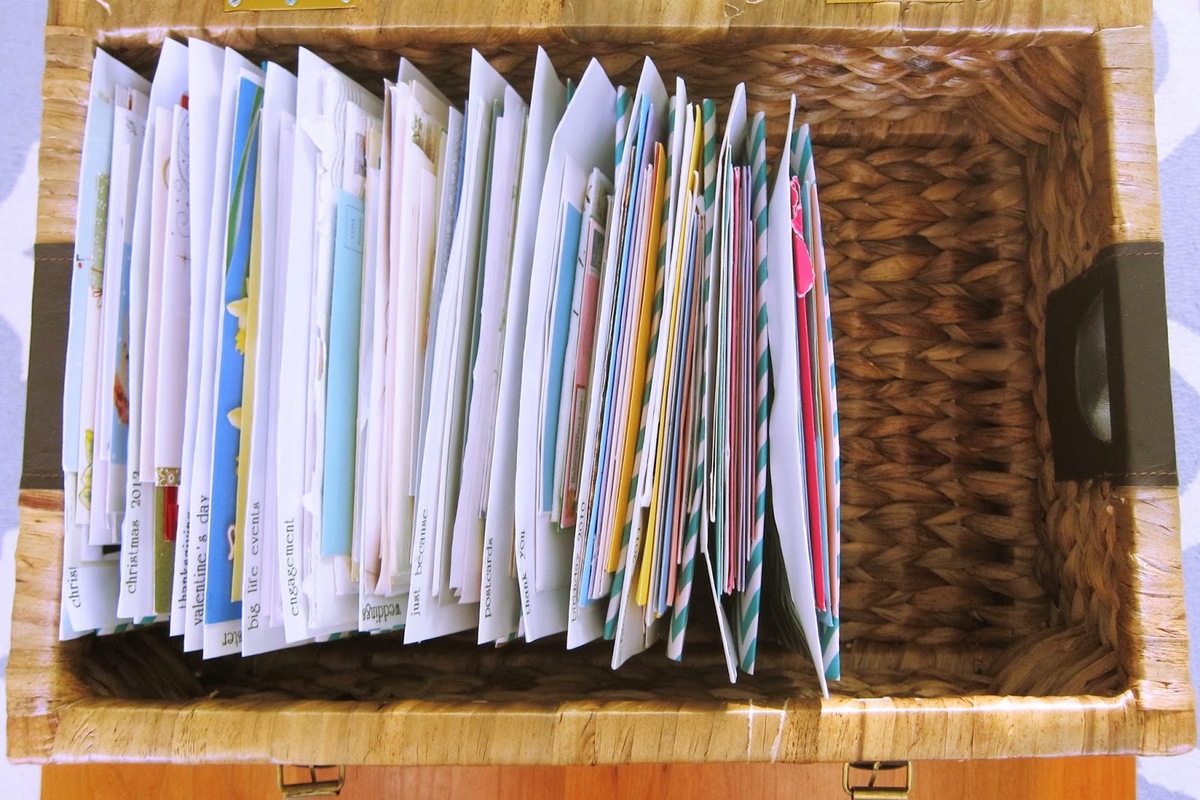
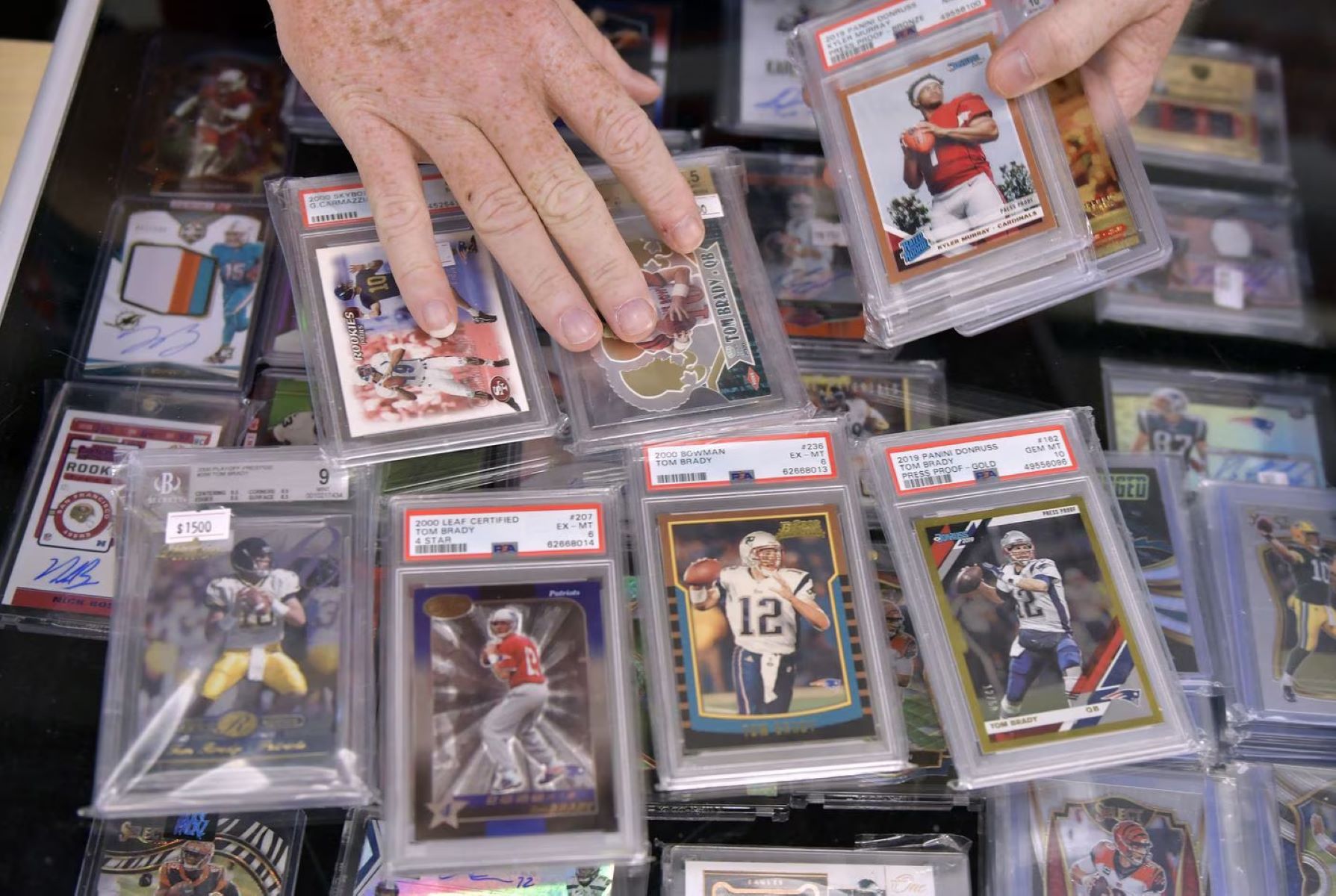
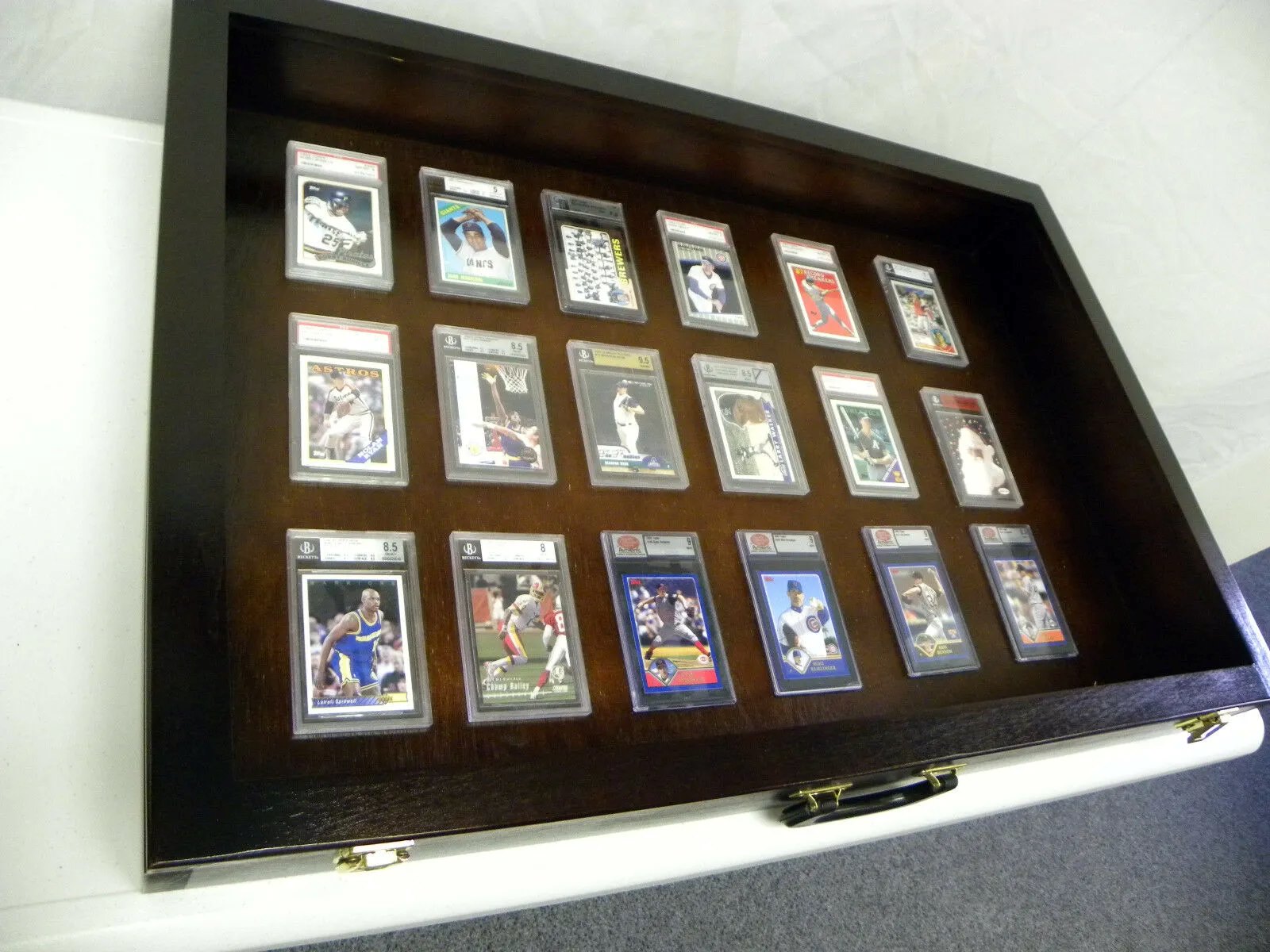

0 thoughts on “How To Store Cards And Letters”